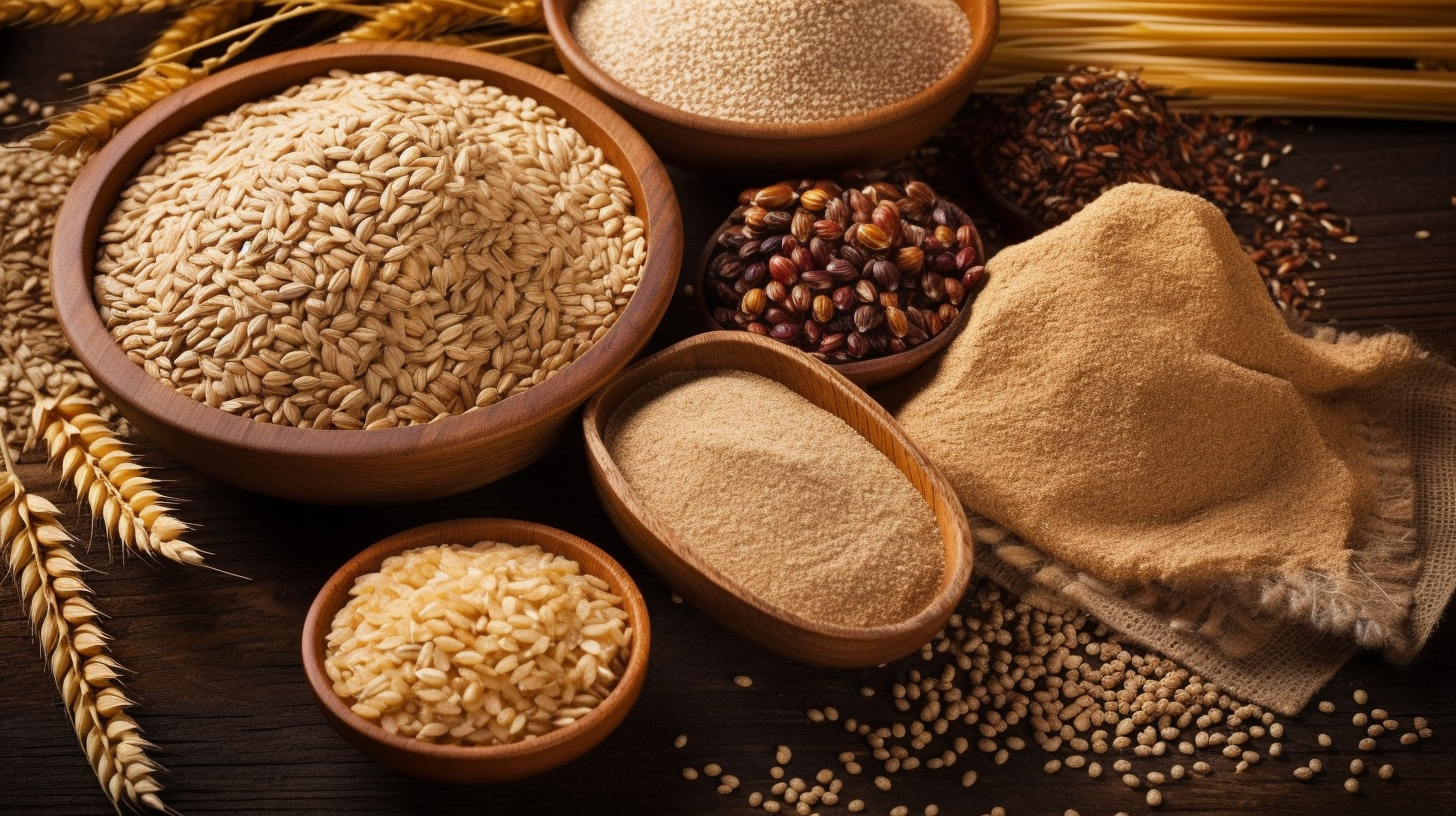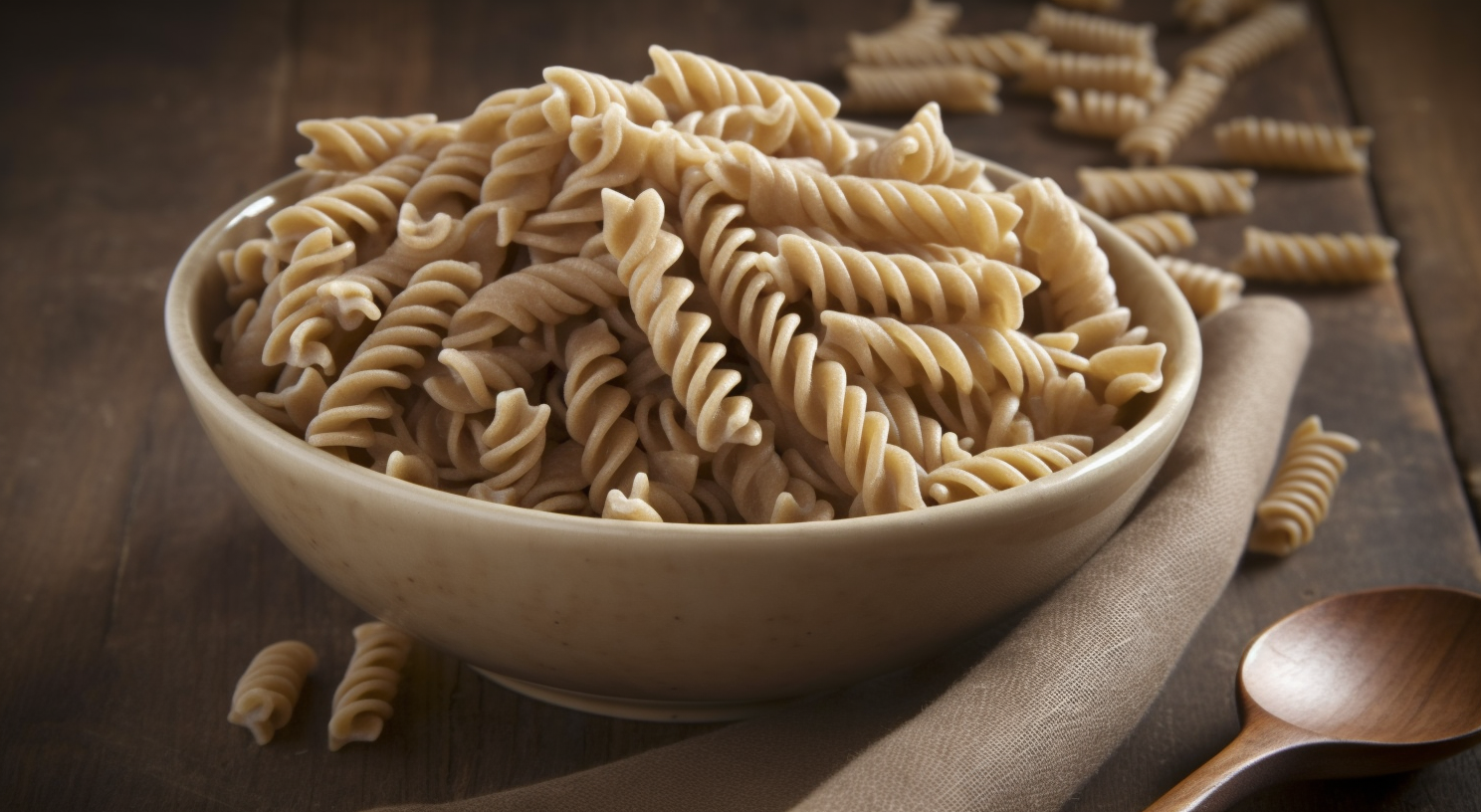Published Date January 24, 2003
Navigating the DASH Diet for Optimal Health
By Naurin Ansari
3 min read
Last update date: January 24, 2003
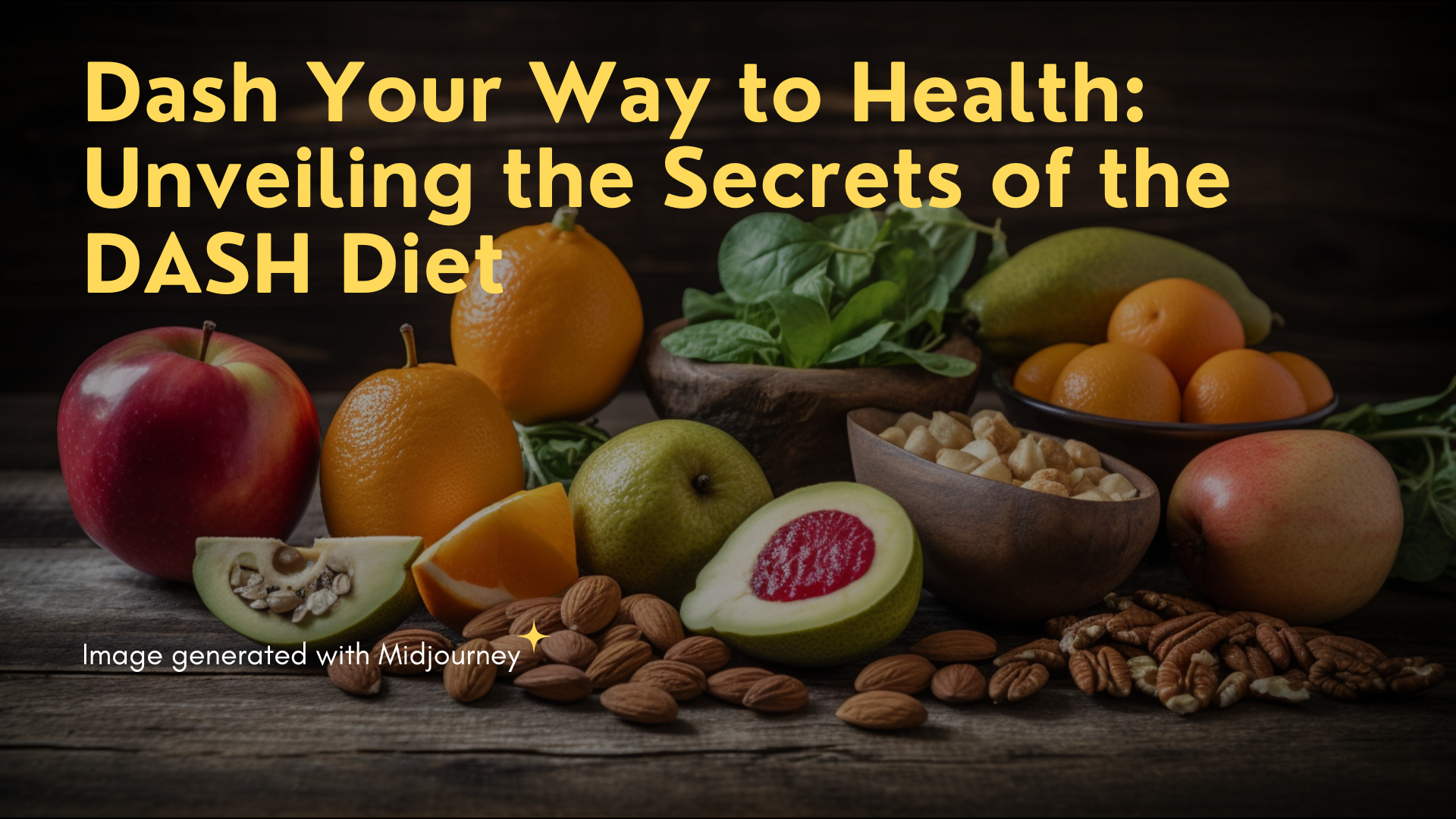
In the quest for a healthier lifestyle, many diets come and go, but one that has stood the test of time is called the ‘DASH diet’. Developed to lower blood pressure, the DASH (Dietary Approaches to Stop Hypertension) diet has gained popularity for its effectiveness in improving overall health. It has proven effective for people in various segments, not just for hypertension.
In this blog post, we will explore the fundamental principles of the DASH diet, the foods allowed and not allowed, and address common queries regarding pasta and sweets in the context of this diet.
What is DASH Diet?
The DASH diet, short for Dietary Approaches to Stop Hypertension, is an eating plan designed to manage high blood pressure and promote heart health. By focusing on nutrient-dense foods low in sodium, saturated fats, and added sugars. At the same time rich in potassium, magnesium, calcium, fibre, and protein, the DASH diet helps regulate blood pressure and lower LDL cholesterol levels.
Its benefits extend beyond hypertension control as it offers a holistic approach to overall well-being and reduces the risk of heart disease and stroke. The DASH diet empowers people to proactively manage their blood pressure and improve their health as the diet itself limits the consumption of food items that are high in nutrients that negatively affect blood pressure and heart health.[1]
Foods Allowed on the DASH Diet
When following the DASH diet, it's crucial to prioritise foods rich in calcium, potassium, magnesium, fibre, and protein while keeping saturated fat, sodium and added sugar intake low. Whole grains play a vital role in the DASH diet, as they help reduce the risk of hypertension. Including 6-8 servings of whole grains per day is recommended. Options like whole-wheat bread, brown rice, whole-wheat pasta, oatmeal, and popcorn can be enjoyed in moderation while on the DASH diet.
To maintain a heart-healthy diet, it's advised to choose low-fat or fat-free dairy products instead of full-fat versions. While limiting saturated fat, you can still include 2 to 3 servings of dairy products daily, such as fat-free milk, low-fat cheese, and fat-free or low-fat yogurt.
DASH diet places a great deal of emphasis on the following wholesome foods:
- Fruits and vegetables: a vibrant variety of fruits and vegetables provides essential vitamins, minerals, and antioxidants.
- Whole grains: Opt for whole wheat, brown rice, quinoa, and oats to increase fibre intake, promoting heart health and aiding digestion.
- Lean proteins: Include sources like skinless poultry, fish, beans, lentils, and tofu to meet protein needs without excess saturated fat.
- Low-fat dairy: Choose reduced-fat options for milk, yogurt, and cheese to ensure adequate calcium intake.
- Nuts and seeds: Enjoy small portions of almonds, walnuts, flaxseeds, and chia seeds, which offer heart-healthy fats and valuable nutrients.
By incorporating these nutritious choices into your meals, you can successfully adhere to the principles of the DASH diet which supports your overall health.[1][2]
Foods Not Allowed on the DASH Diet
To effectively follow the DASH diet and support optimal blood pressure and heart health, it is essential to avoid certain foods that are high in saturated fat, sodium, and added sugar. By being mindful of your choices, you can make positive changes to your diet.
Here are some foods to limit or avoid when following the DASH eating plan:
- High-sodium foods: Processed foods, canned soups, deli meats, and fast food often contain excessive amounts of sodium, which can raise blood pressure levels.
- Saturated and trans fats: Foods such as fatty meats, full-fat dairy products, fried foods, and commercially baked goods should be limited.
- Sugary beverages: Carbonated drinks, fruit juices with added sugars, and energy drinks should be minimised or eliminated, as they provide empty calories and can negatively impact blood pressure.
By being mindful of these food choices and opting for healthier alternatives, you can effectively align with the principles of the DASH diet and promote better cardiovascular health.[2]
Can Pasta Be Included in a DASH Diet?
For those fond of bread and pasta, the DASH diet offers a delightful solution. This eating plan allows you to indulge in a variety of your favourite dishes as long as they are made out of whole grains.
While the DASH diet encourages the consumption of whole grains, it's important to make informed choices regarding pasta. Opting for whole wheat pasta is highly recommended, as it retains the nutritious bran and germ layers. Compared to refined pasta, whole wheat pasta is packed with more fibre, vitamins, and minerals, making it a healthier choice which aligns with the principles of the DASH diet.
Remember to keep an eye on portion sizes and complement your pasta dishes with generous amounts of vegetables and lean proteins to create well-balanced and nourishing meals.[3]
Can Sweets Be Included in a DASH Diet?
While the DASH diet advises limiting the consumption of sweets, they are not completely off-limits. It is recommended to enjoy sweets in moderation, with a suggested limit of up to 5 servings per week. A single serving may include 1 cup of lemonade, half a cup of sorbet, or 1 tablespoon of sugar, jam, or jelly.
The DASH diet encourages mindful choices when it comes to sweets and added sugars due to their potential impact on blood pressure and overall health. However, occasional treats can still be enjoyed. Instead of reaching for sugary indulgences, consider incorporating natural alternatives like fresh fruits into your diet.
Not only do fruits provide natural sweetness, but they also offer the added benefits of fibre. Additionally, exploring healthier dessert options such as homemade fruit sorbets or indulging in dark chocolate with a higher cocoa content can satisfy your cravings without compromising the principles of the DASH diet. [4]
Takeaway
DASH diet offers a well-rounded approach to achieving better health by focusing on nutrient-dense foods while limiting sodium, saturated fats, and added sugars. By following the DASH diet, individuals can not only manage their blood pressure but also reduce the risk of chronic diseases. Remember to consult with a healthcare professional or registered dietitian to tailor the DASH diet to your specific needs and preferences. Embrace this dietary approach as a lifelong commitment to your overall well-being.
References
- https://www.mayoclinic.org/healthy-lifestyle/nutrition-and-healthy-eating/in-depth/dash-diet/art-20048456
- https://www.eatthis.com/dash-diet-foods-list/
- https://ovenvia.com/is-pasta-allowed-on-dash-diet/
- https://www.medicalnewstoday.com/articles/254836#:~:text=Sweets%3A%20Up%20to%205%20servings,sugar%2C%20jam%2C%20or%20jelly
Keep reading

Sodium & Its Role in Diet for Optimal Health
By Naurin Ansari

The Power of Time-Restricted Eating for Optimal Health
By Naurin Ansari
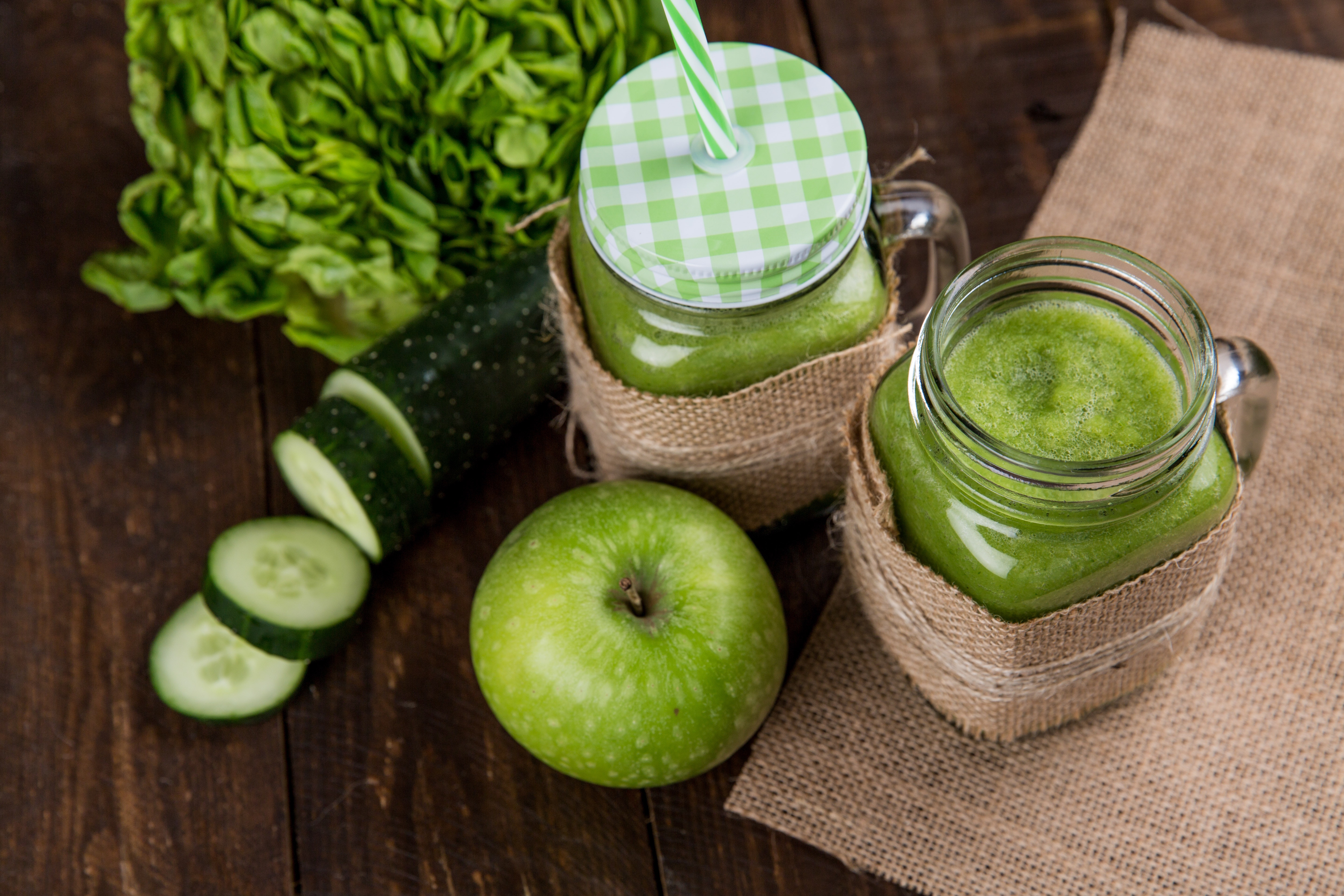
Does the detox diet actually work?
This diet is a short term intervention in your regular diet in order to cleanse your body and improve your health.
By Hetvi Shah
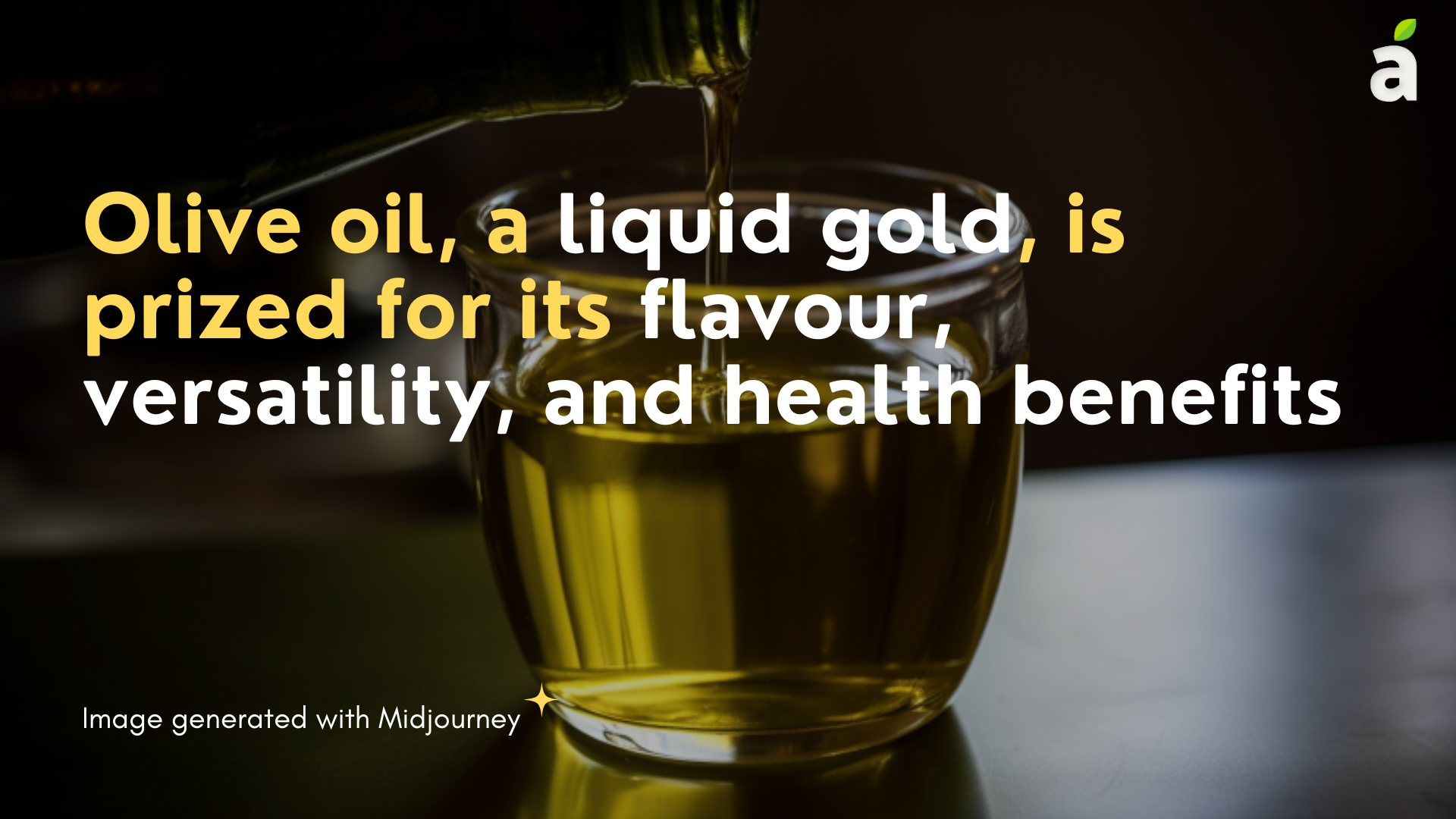
Unlocking the Health Secrets of Olive Oil
By Naurin Ansari
Choose Healthy With Us.
Know the real truth about your food. Stay informed and healthy, for free.
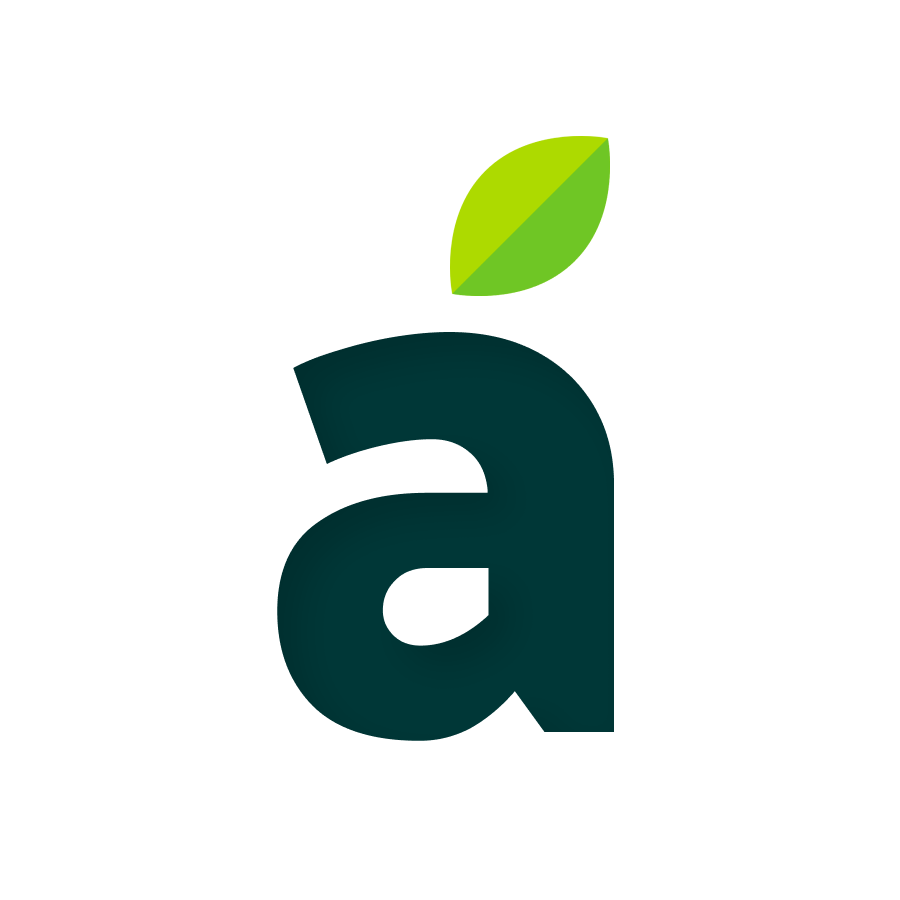
Download the App Now
Certified nutritionists trust our food recommendations. Safe to say, so can you :)




